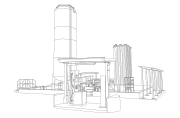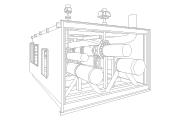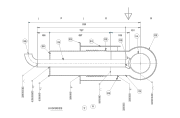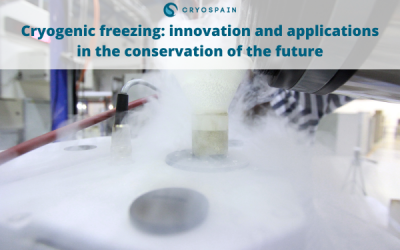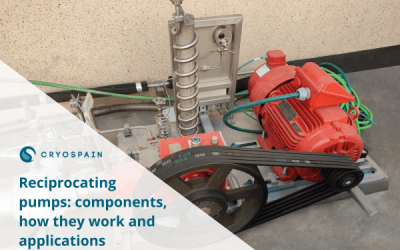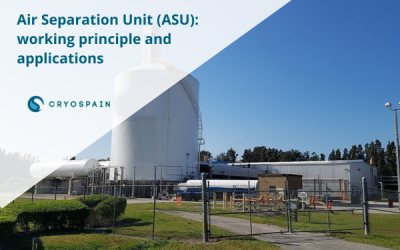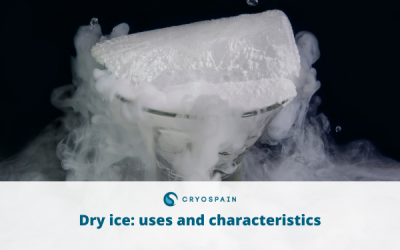
How do hydrogen aircraft work?
Hydrogen aircrafts have been sought-after for long, a quest that has been reinforced by the world’s efforts to transition towards greener aeronautical technologies that cut down on polluting emissions. So far, the world’s leading experts in the sector have reached key...
Cryogenic freezing: innovation and applications in the conservation of the future
Cryogenic freezing is emerging as one of the top techniques revolutionizing industries such as cryogenic food processing, medicine, and scientific research. Today, this technique is opening the door to a multitude of processes that seemed unthinkable only a few years...
Reciprocating pumps: components, how they work and applications
Reciprocating pumps have been a stalwart in fluid dynamics for decades, with their importance underscored by their reliability, versatility and efficiency in various industrial applications. Grounded in their adaptability, efficiency, and reliability across a range of...
Cryobiology: what it is and how it is applied to spacecraft propulsion
Cryobiology is opening new frontiers in the field of space research. It has created new opportunities such as the development of advanced cryopreservation technologies for biobanks, and is a fundamental support for the design of long-duration missions. The important...
Air Separation Unit (ASU): working principle and applications
The Air Separation Unit remains a key piece of equipment across a wide range of applications and industries. As the growing demand for industrial gasses continues to increase, the ASU provides a reliable and efficient method for producing these gasses at the...
Cryogenic tank for the aerospace sector: Cryospain facilitates new steps for liquid hydrogen
Cryospain is once again at the service of cutting-edge initiatives within the aerospace industry and liquid hydrogen thanks to the design and manufacture of a cryogenic tank for liquid hydrogen in Germany. In our podcast on hydrogen as an energy vector we already...
What is pipe stress analysis and how to perform it
Pipe stress analysis is a crucial operation in both pipe design and maintenance operations. As pipe failures might lead to critical situations, the performance of correct pipe stress calculations becomes essential to ensure maximum safety and efficiency while...
Natural gas processing: understanding the technical needs
Natural gas processing is one of the essential procedures enabling the use of natural gas as energy today. Today, natural gas represents around 25% of the world's energy generation, according to the International Energy Agency (IEA). As such, natural gas processing...
Hydrogen embrittlement: causes and prevention
Hydrogen embrittlement represents an important issue with far-reaching implications across several industries and sectors. With the potential to cause sudden and catastrophic failures in critical components, its impact reaches diverse fields including aerospace and...
Cryogenic systems and how they’re revolutionizing almost every industry
Cryogenic systems are infrastructure that are able to maintain very cold (cryogenic) temperatures in order to preserve liquefied gases and other substances. These include systems such as a cryogenic pump, cryogenic storage systems, cryogenic piping, a cryogenic...
Compressed hydrogen: tips for handling and storing it
Compressed hydrogen stands at the center of a revolution that is taking the transport industry and other sectors by storm. However, the lack of storage solutions for this substance and cryo hydrogen have long remained one of the key obstacles for this...
Dry ice: uses and characteristics
Knowing about dry ice uses, its properties and safety measures for handling is useful for a growing number of industries and businesses. The importance of dry ice has increased in recent years, based on its unique properties and, consequently, its uses. At the center...
We keep you informed
Get to know all the latest news from Cryospain



